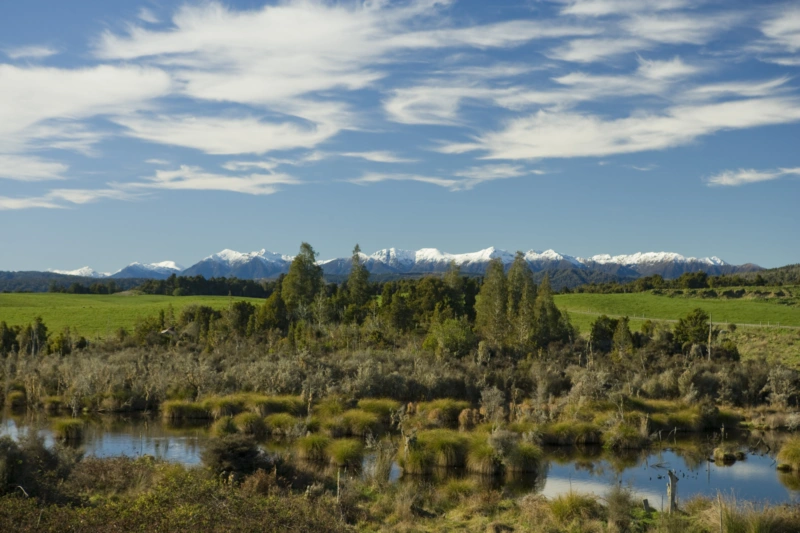Climate change response

Pāmu is committed to reducing our climate impact by decreasing our greenhouse gas (GHG) emissions and strengthening climate resilience through adaptation. Our practices are evolving and include a continuing focus on:
- adapting land use for the changing climate
- setting a science-based reduction target
- ensuring climate risk mitigation is embedded in the organisation
- responding to market and consumer requirements.
Pāmu has voluntarily committed to producing climate-related disclosures in line with the Financial Sector (Climate-related Disclosures and Other Matters) Amendment Act 2021. Although we are not required to report using these standards, we believe they provide a strong framework for assessing and incorporating climate risks and opportunities and ensuring the business is set up to respond accordingly.
Like other farmers, we face significant challenges in reducing emissions. It’s why we have a strong focus on collaborating with others to identify technologies and practices to achieve this efficiently. We continue to work with research agencies, suppliers and customers to test and trial novel practices that could help the sector achieve emissions reduction targets.
Emissions Reduction
Pāmu has set a target to reduce net GHG Emissions by at least 30.3% by financial year 2031 from a financial year 2021 baseline. This has been informed by the SBTi FLAG Guidance.
Our emissions reduction plan ensures we have actions in place to achieve our target as well as meet business, shareholder and customer expectations.
By accelerating efforts to reduce gross emissions, decrease emissions intensity per product, and accelerate reduction initiatives, we are confident we can achieve our net reduction target.
Climate Adaptation
As well as producing a climate related disclosure, Pāmu has commissioned research to understand specific farm vulnerabilities. For each farm, the research highlights the likely land use, production and performance impacts under climate change. The study involved characterisation, diagnosis and projection of risks or impacts of environmental change on all farms, systems, land use and infrastructure.
The study has helped identify which farms have greater risks and opportunities from climate change in the near and medium term. These farms will be the initial focus of adaptation planning. Working with managers and farm teams, this is a major step forward in farm-by-farm resilience planning.
Further information on emissions profile, reduction and adaption actions are contained within the CRD.
